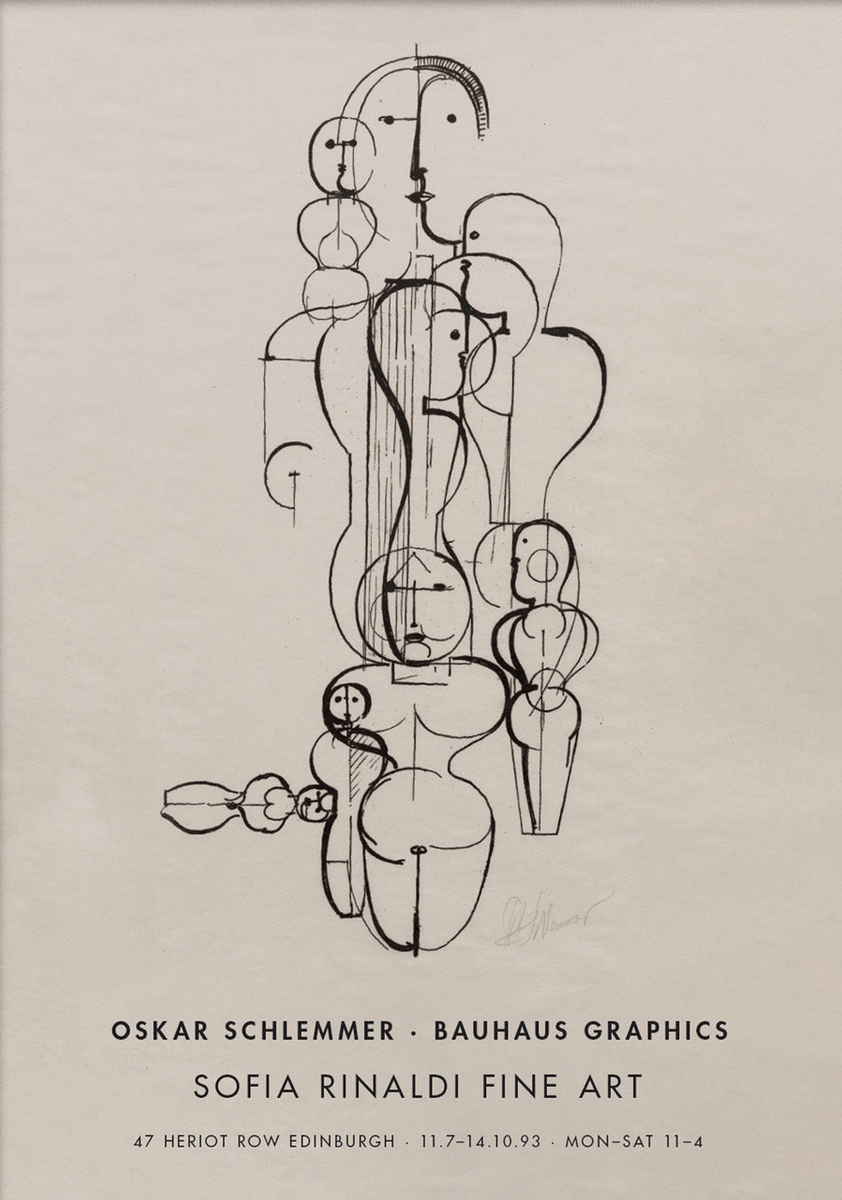wolfgang-jaenicke
A Prampram couple
A Prampram couple
Couldn't load pickup availability
A Prampram couple in seated position, Sothern Ghana, arms and legs in a bent, pointed position; remnants of earth and traced of sacifications.
The Prampram sculptures originate from the coastal region of Ghana of the same name and belong to an art tradition that closely intertwines both everyday life and ritual practice. They are often figurative representations depicting abstracted human forms characterized by reduced lines and geometric surfaces. A prominent example is a wooden figure that creates a strong presence through its tapered, elongated proportions and the stylized depiction of arms and head. The figures not only function as aesthetic objects but also as bearers of protective and healing powers within the community. The ritual context of these sculptures is central: They are frequently used in ceremonies related to ancestor worship, fertility, or initiation rites. The abstracted formal language supports the communication of a supernatural power that connects people with the spiritual world. This spiritual dimension is anchored not only in the material—often locally sourced wood or clay—but also in the design.
The figures act as symbolic bodies that mediate between this world and the next. In comparison, Oskar Schlemmer pursues a different intention with his work, one that nevertheless exhibits formally related aspects. In his "Triadic Ballet," Schlemmer creates abstracted figures characterized by spherical, cylindrical, and cubic elements. One example is the "Construction Worker" figure from the ballet, whose body shape is reduced to basic geometric shapes and suggests movement through clear, rhythmic lines. Schlemmer attempted to translate the human form into a universal formal language that emphasizes both physical presence and dance-like movement. 
While the Prampram sculptures are primarily rooted in a ritual, spiritual context, Schlemmer's figures function as part of an avant-garde form of artistic expression that explores the interplay of body, space, and movement. Formally, both works share a focus on geometric forms and a reduction of the figurative to its essentials. Both abandon the concept of naturalistic representation in favor of a symbolic, abstracted formal language. Nevertheless, in the Prampram sculptures, the connection between form and spiritual function is inextricable, whereas Schlemmer places greater emphasis on the aesthetic and performative dimension. In summary, the comparison illustrates how different cultural contexts utilize the same formal principles—geometrization, abstraction, rhythm—in specific ways. The Prampram sculptures connect these principles with a vibrant ritual practice and social meaning, whereas Schlemmer places them within the framework of a modern art aesthetic and experimental stage performance. Both impressively demonstrate how the human body functions as a formal and symbolic medium, thus negotiating fundamental questions of identity, expression, and transcendence.
Height: 37 cm / 34 cm
Weight: 326 g / 306 g












































































